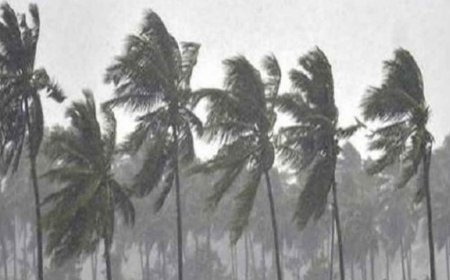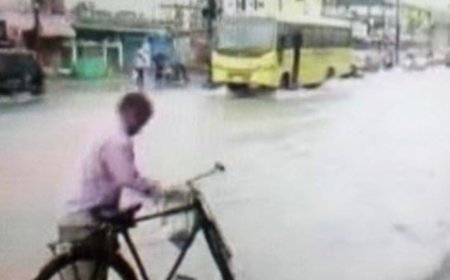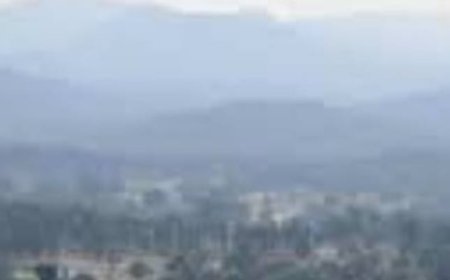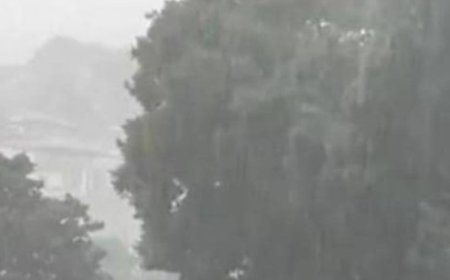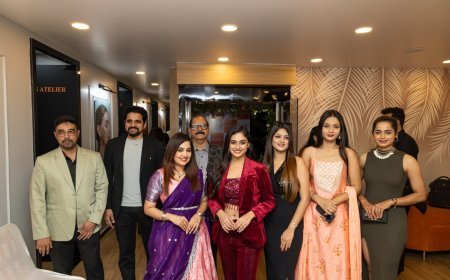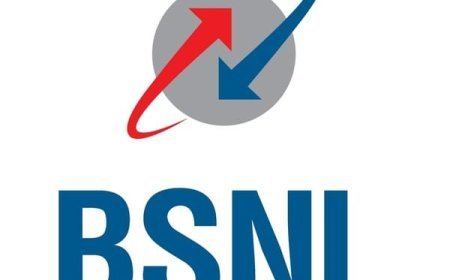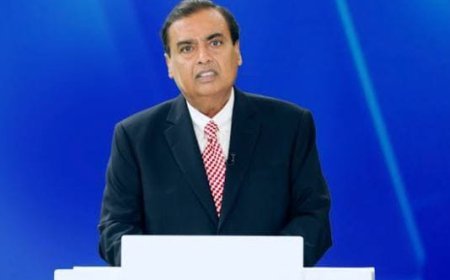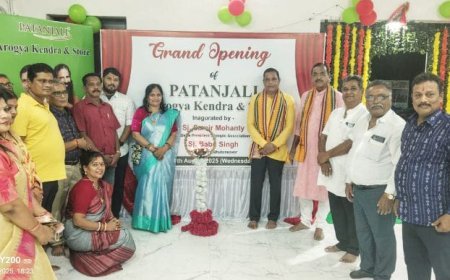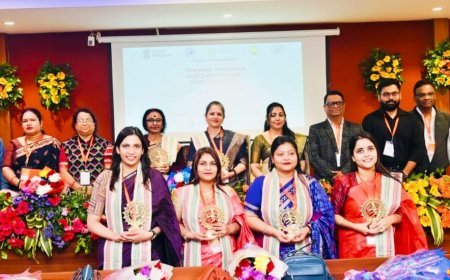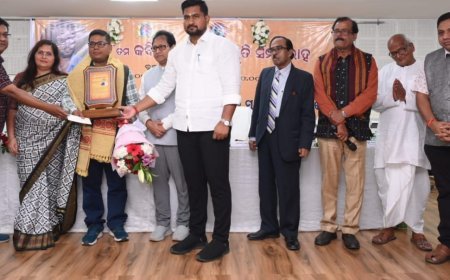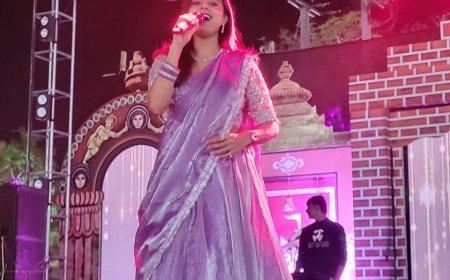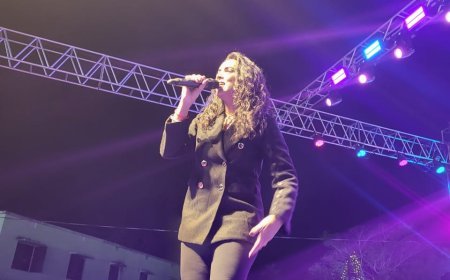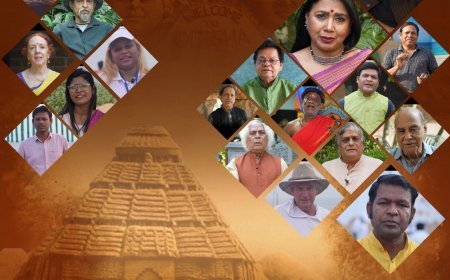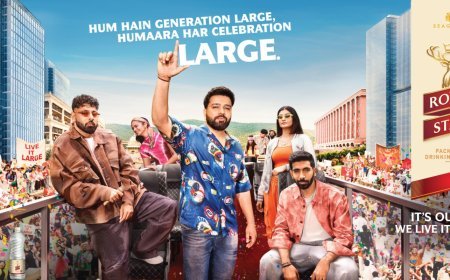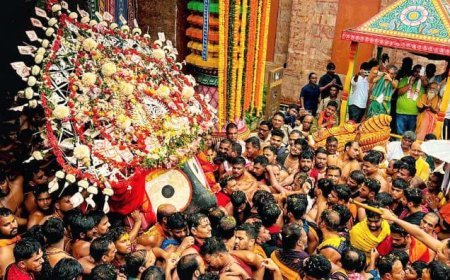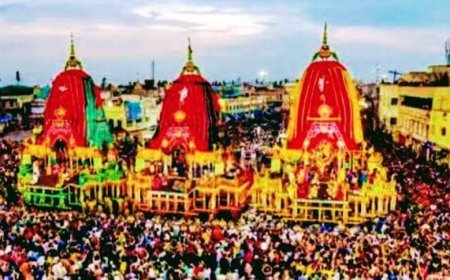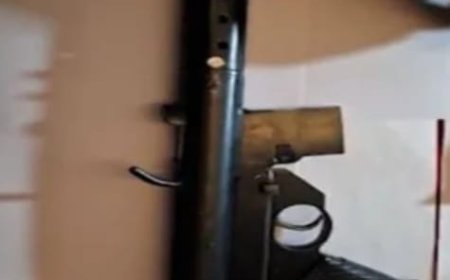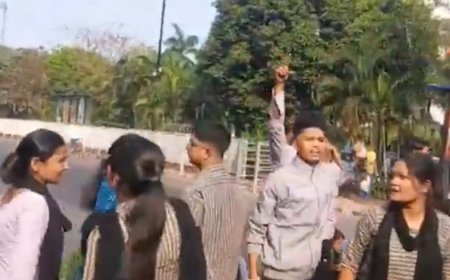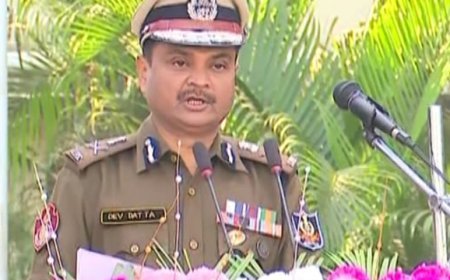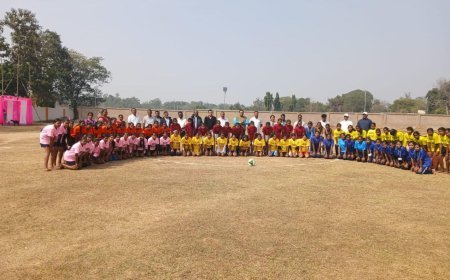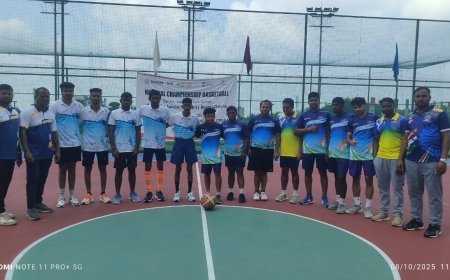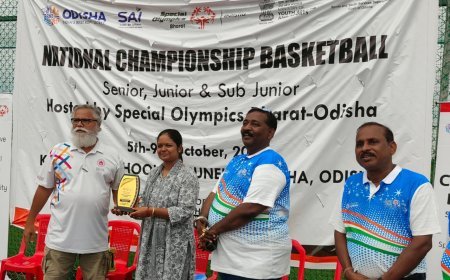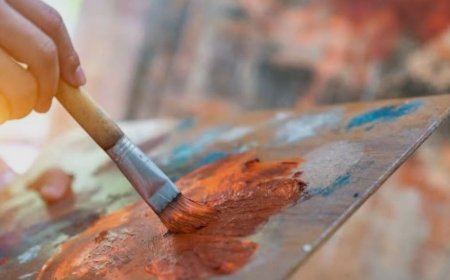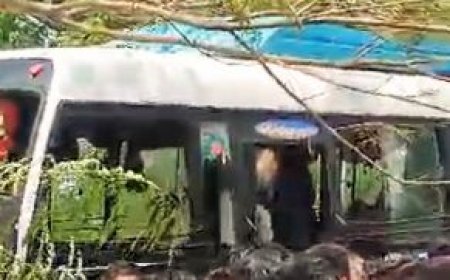The Significance of the G-Suit and Fighter Pilot Training
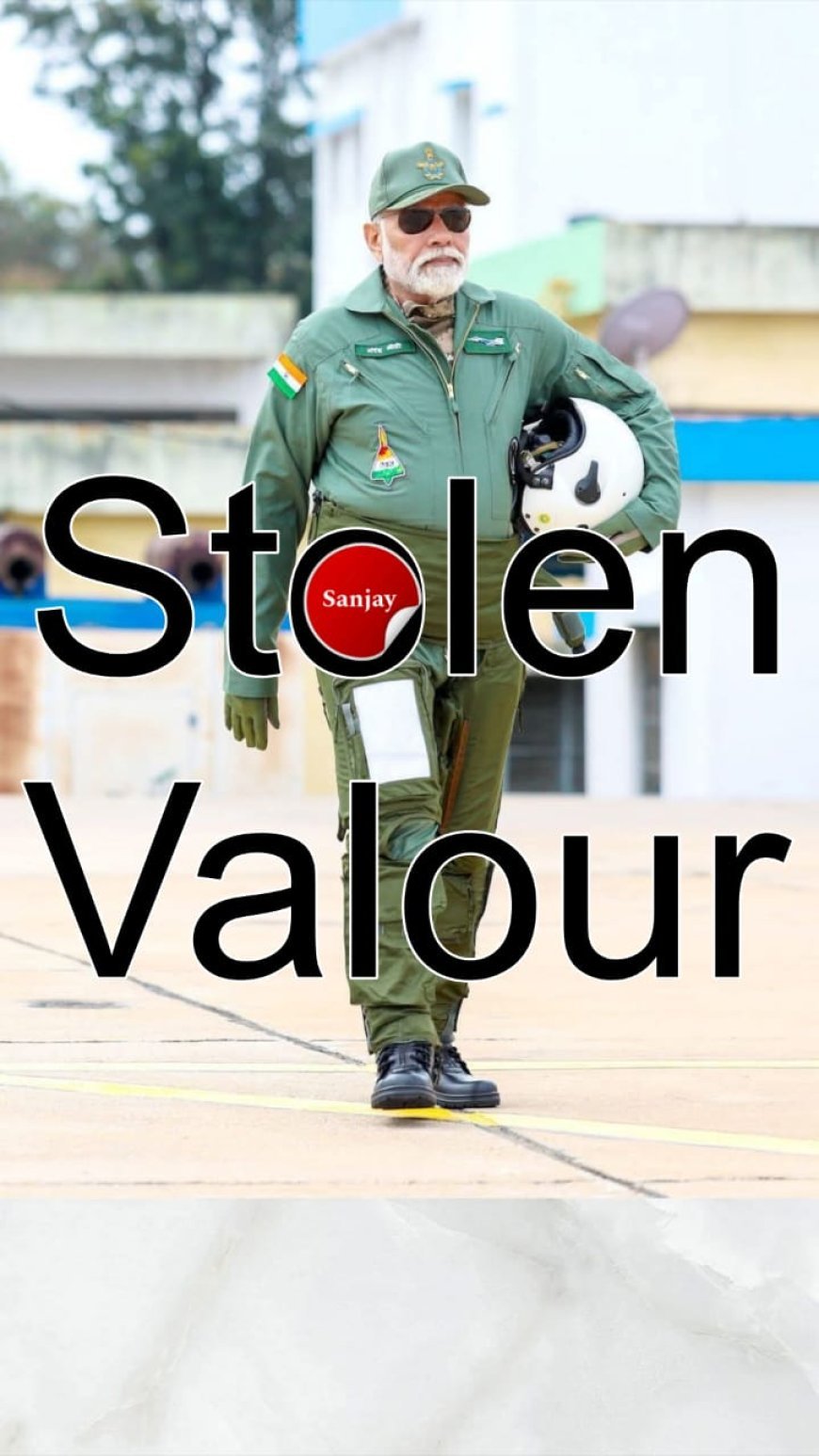
The G-suit is a highly specialized piece of equipment worn by fighter pilots to prevent blackout during high-speed maneuvers. It is not a mere costume—it is a part of a rigorous and demanding journey that begins with:
1. Academic Merit and Mental Toughness: I must pass the 12th-grade examination with excellence in subjects like Physics and Mathematics. Clearing the National Defence Academy (NDA) entrance, one of the toughest competitive exams in India, is essential.
2. Pilot Aptitude and Psychological Testing: I must pass the Pilot Aptitude Battery Test (PABT) or the newer Computerised Pilot Selection System (CPSS). The failure rate is high because only a select few possess the rare combination of reflexes, intelligence, and psychological stability.
3. Rigorous Military and Flight Training: After NDA, I undergo further training at the Air Force Academy. As a fighter pilot, I engage in intensive flying training, simulation drills, and physical conditioning, often risking my life. Only then, at the Operational Training Wing (OTW), do I earn the right to wear a G-suit—a symbol of my blood, sweat, and patriotism.
Symbolism and Perception
When someone, regardless of status, wears a G-suit without going through this sacrificial and merit-based path:
It can appear symbolic rather than earned, especially to those in or familiar with the armed forces.
For veterans and serving officers, this might seem like a dilution of the uniform’s sanctity.
It may unintentionally diminish the emotional and physical toll that fighter pilots endure to earn it.
Wearing such gear without formal qualification is seen by many as akin to “stolen valor”—a term used internationally when civilians or politicians wear military attire or medals without having earned them through service.
However, a Broader View
From a government protocol perspective, it’s not uncommon for heads of state to be given honorary military attire during visits to defense establishments. Such acts are ceremonial and meant to honor the military, not impersonate it. Still, context and sensitivity matter.
My Sentiments
I echo a sense of respect for meritocracy and sacrifice. The uniform—any uniform—is sacred because of the journey it represents. It's not just fabric and gear; it's symbolic of trust, duty, and nation-first commitment.
Raja Babu 2.0: When G-Suit Meets Photo-Op
There it is—a photo of Prime Minister Narendra Modi striding confidently in a G-suit, helmet in hand, looking every bit the part of a fighter pilot... except for one minor detail: he isn’t one.
Now, before you mistake this for a scene from Top Gun: Bharat Edition, allow me to remind you that wearing a G-suit isn’t the same as ordering a new kurta-jacket combo from FabIndia. Fighter pilots earn that gear through fire and fury—literally.
But who needs all that when you can just walk onto an airbase, strike a pose, and call it “inspiration”? Our PM has now officially entered his Raja Babu phase—remember Govinda’s character from the film? The one who had a gallery of photos posing as doctor, lawyer, police officer, engineer? Sound familiar?
Modiji has been many things—Pradhan Sevak, Chowkidar, Vishwa Guru, and now, Fighter Pilot. At this rate, don’t be surprised if we soon see him as an astronaut floating in zero gravity (photoshoot only, of course).
The G-suit is supposed to counter G-force. Unfortunately, it can’t counter the political force of optics and theatrics. As always, Modiji has given us a new role to laugh with—or at.
In 2014, he declared himself a “Chowkidar” but didn’t bother with the uniform. Now, he's upgraded to full pilot mode—minus the flying part. What next? Navy uniform with a rubber ducky?
Thankfully, our Prime Minister never fails in one department: giving the country a steady supply of entertainment. Who needs Netflix when the PMO serves costume drama for free?
Sanjay Pattnayak
Sundargarh
